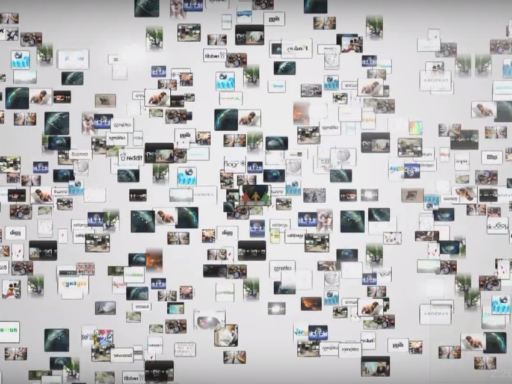Cyber threats have come a long way since the early days of the internet. What started as relatively minor nuisances have transformed into serious risks that demand our attention. By learning from how these threats have evolved, we can gain insight into better protecting ourselves and each other moving forward.
In the internet’s infancy, simple programs like computer viruses and worms mainly caused low-level disruptions through file sharing and emails. While annoying, the motivations here seemed more curiosity than harm. Yet over time, some exploited new technologies for less noble ends.
Marketing firms started using stealthy spyware and pop-up ads to gather our data and bombard us without consent. This shifted the focus from disruptiveness to privacy invasions motivated by profit. Meanwhile, ransomware emerged, holding people’s precious photos and documents hostage until paid. Now entire cities face digital blackmail, showing cybercrime’s growing impact.
Most concerning are sophisticated attacks targeting governments and big companies. Known as Advanced Persistent Threats, or APTs, these long-term intrusions employ deception, stealth, and technical sophistication far beyond typical hackers. Some even point to nation-state involvement, turning cyber risks into international affairs.
Clearly, cyber threats evolve as the digital world does. But so must our protections. Today’s multi-layered security mirrors the complexity of modern attacks. With care and vigilance, our connected world won’t feel so vulnerable.







